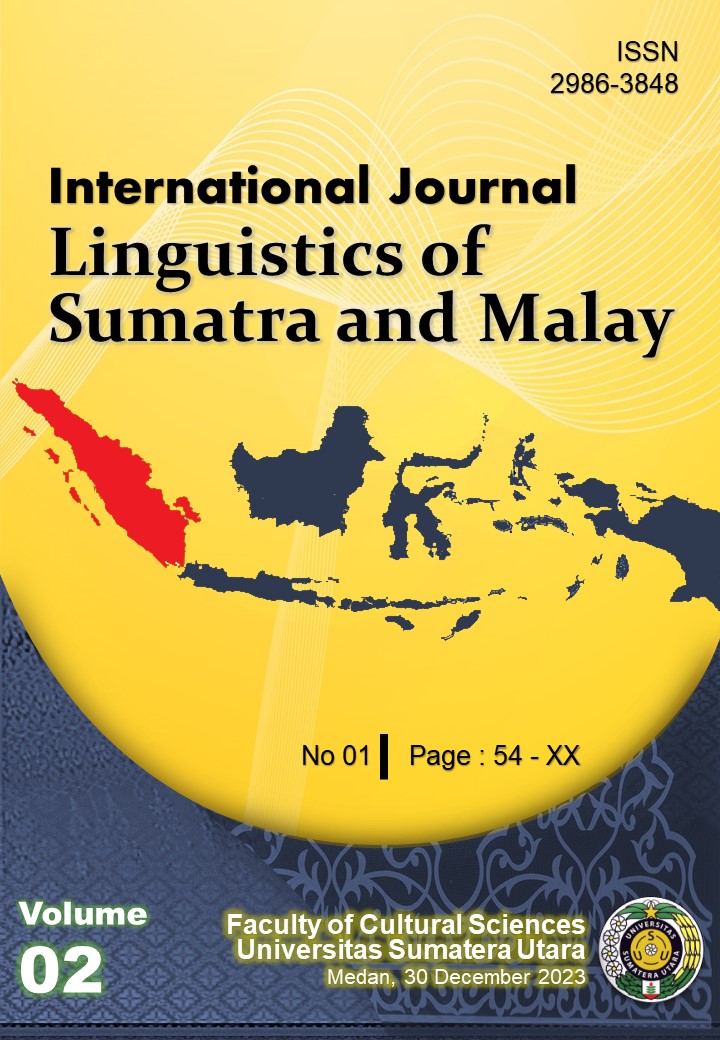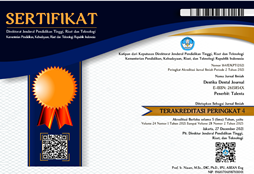Representation of Emotion in Conceptual Metaphor With Food Lexicon in Japanese Language
DOI:
https://doi.org/10.32734/ijlsm.v2i1.14368Keywords:
Conceptual metaphor, Cognitive semantics, Japanese languageAbstract
Human communication has linguistic variations. One of which is at the semantic level. Humans may produce meanings to express emotions. Besides denotative, connotative meaning is often present formed through metaphor. Metaphors are human creativity result based on cognitive processes adapted from sensory receptive results and meaning comparisons determined by surrounding objects. Food, one of the most familiar objects, can be a symbol of expression of an emotion. However, if a metaphor is not equipped with knowledge of meaning, then its delivery will not succeed. Therefore, this study is aimed to answer the problems of what Japanese metaphors related to food are found and how conceptual metaphors with food lexicon are formed. The primary data sources were the Weblio corpus and songs in Japanese. Secondary data sources were literatures supporting this study, namely the book 180 Common Native Japanese Figures of Speech in Regular Conversation from Sei (2018) and the Shin Meikai Kokugo Jiten Japanese dictionary. The data were collected through listening and documentation methods with note-taking technique. This study applied the metaphor identification theory of Knowles and Moon (2006) and the conceptual metaphor theory by Lakoff and Johnson (1980). The data collected were determined by vehicle, topic/tenor, and grounds to be further analyzed. Data analysis was conducted by descriptive-qualitative method. The results show that conceptual metaphors with the food lexicon in Japanese express the emotions of love, sadness, and fear. The representation of emotions in food is useful for providing easy understanding with everyday objects
Downloads
References
Gapur, A., Taulia, & Pujiono, M. (2019). Neko ‘Cat’ in Japanese Idioms (Meaning and Figure of Speech Analysis). International Journal of Culture and Art Studies, 3(1), 30–39. https://doi.org/10.32734/ijcas.v3i1.2673
Inoue, M. (1992). Reikai Kanyouku Jiten: Iitai Naiyou Kara Gyakubiri Dekiru. Tokyo: Shootakusha.
Jahja, Y. (2015). Psikologi Perkembangan. Jakarta: Prenadamedia Group.
Keraf, G. (2010). Diksi dan Gaya Bahasa. Jakarta: PT. Gramedia Pustaka Utama.
Knowles, M., & Moon, R. (2006). Introducing Metaphor. London: Routledge.
Kovecses, Z. (2010). Metaphor: A Practical Introduction. New York: Oxford University Press.
Lakoff, G., & Johnson, M. (1980). Metaphors We Live By. Chicago: University of Chicago Press.
Parera, J. (2004). Teori Semantik. Jakarta: Erlangga.
Sei, R. (2018). 180 Common Native Japanese Figures of Speech in Regular Conversation. Tokyo: J Research.
Sutedi, D. (2011). Dasar-Dasar Linguistik Bahasa Jepang Nihongo Goku No Kiso. Bandung: Humaniora Utama Press (HUP).
Yamada, T. (2011). Shin Meikai Kokugo Jiten (Japanese Dictionary). Tokyo: Sanseido.
Published
How to Cite
Issue
Section
Copyright (c) 2023 International Journal Linguistics of Sumatra and Malay

This work is licensed under a Creative Commons Attribution-ShareAlike 4.0 International License.


















